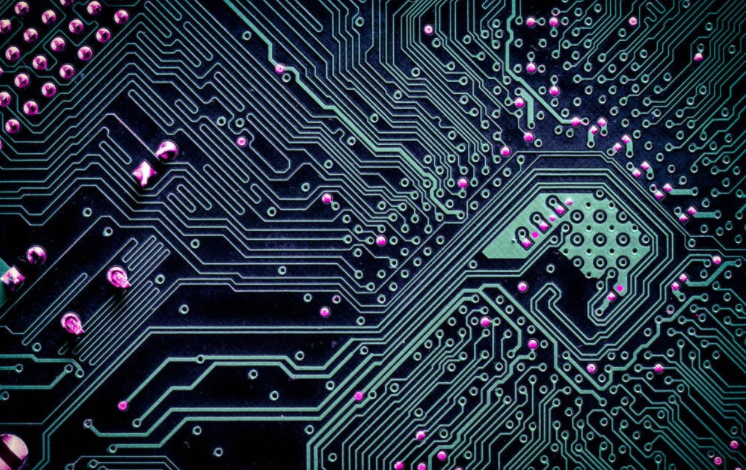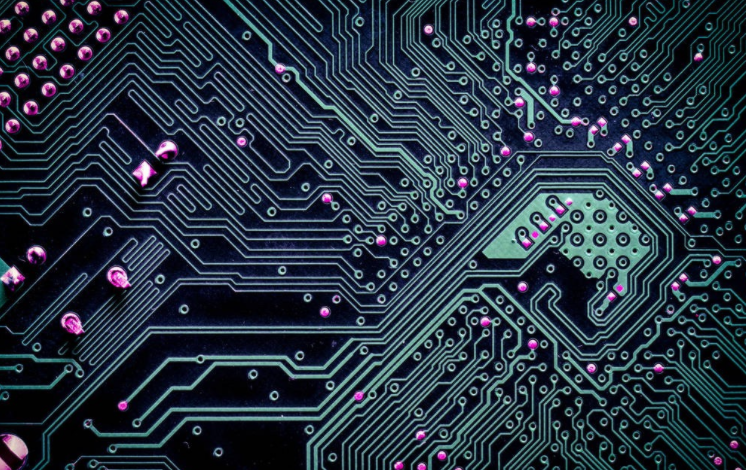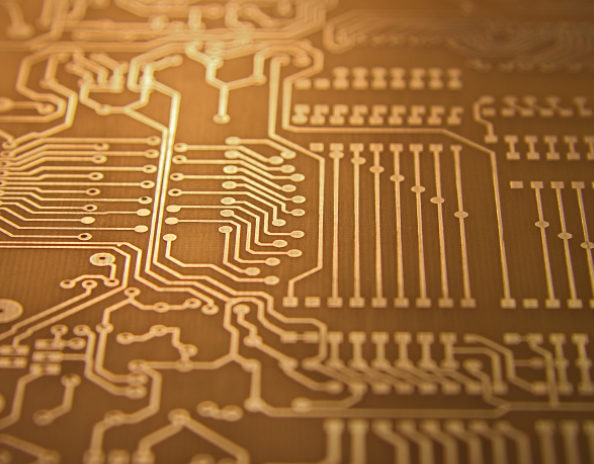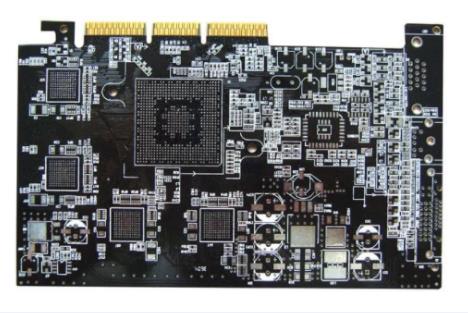
New Integrated PCB Design Technology for PCB Proofing
The current electronic design of PCB proofing is mainly integrated system level design. The whole project includes hardware design and software development This scientific and technological feature is useful for PCB engineers
High reliability PCB board
First, how to divide the system's software and hardware functions reasonably in the early design stage to form an effective functional structure framework to avoid redundant cyclic processes;
Second, how to design high performance and high reliability PCB boards in the short term Because the development of software largely depends on the implementation of hardware, the design cycle can be shortened more effectively only by ensuring that the overall design is passed once This paper discusses the new characteristics and strategies of system board level design under the new scientific and technological background
As we all know, the root cause of this change is the progress of chip technology The transistor process is becoming more and more physical. Now it has reached the level of deep submicron, and the ultra large scale circuit has become the mainstream of chip development This change in technology and scale has brought many new bottlenecks in electronic design in the entire electronic industry Board level design has also been greatly affected The most obvious change is the wide variety of chip packages, such as the emergence of BGA, TQFP, PLCC and other packaging types; Secondly, high sensitivity pin packaging and minimized packaging have come one Such as: the wide application of MCM technology In addition, the increase of chip operating frequency makes it possible to increase the operating frequency of the system These changes will inevitably bring many problems and challenges to board level design First, due to the increasing physical limits of high density pins and pin sizes, resulting in low deployment rates; Second, timing and signal integrity problems caused by new system clock frequency; Third, engineers hope to use PC platform and better tools to complete complex and high-performance design Therefore, it is not difficult for us to see that PCB board design has the following three trends:
The PCB design of high speed digital circuits (that is, high clock frequency and fast edges) has become the mainstream

Product minimization and high performance must face the problem of distribution effects caused by mixed signal design technology (ie, digital, analogy, and RF mixed design) on the same board
The increase of design difficulty leads to the traditional design process and method, and the CAD tools on PC are difficult to meet the current scientific and technological challenges Therefore, the transition of EDA software tool platform from UNIX platform to NT platform has become a recognized trend in the industry
PCB board solution of high-speed digital system PCB proofing
In general, when the signal interconnection delay is greater than 20% of the edge signal flip threshold time, the signal line on the circuit board will show the transmission line effect. That is, the connection is no longer a simple wire showing the effectiveness of lumped parameters, but it shows the impact of distributed parameters. This design is a high-speed design In the design of high-speed digital system, the designer must solve the problems of pseudo flip and signal distortion caused by parasitic parameters, namely timing and signal integrity At present, this is also a bottleneck problem that high-speed circuit designers must solve
PCB proofing is driven by traditional physical rules
We can find that in traditional high speed PCB circuit design, power rule setting and physical rule setting are separated This brings the following shortcomings:
In the early days of PCB design, engineers had to spend a lot of energy on detailed front end and back end (that is, logic establishment physical realization) analysis to plan a physical wiring strategy that meets electrical requirements
High speed effect is a complex subject. It is impossible to achieve the desired effect only by controlling the wiring length and parallel lines
Designers will inevitably face such difficulties The physical rules with false components are not applicable in actual wiring. He had to revise the rules repeatedly to make them practical
After wiring, the tool can be used for analysis after verification However, if problems are found, engineers must return to the design and adjust the structure or rules This is a loopback redundancy process This will inevitably affect the time to market
When there are only a few or dozens of key traverse networks in the design, physical rule driven can well complete the design task; But when there are hundreds or even thousands of barbed wire in the design, the physical rule driven method can not perform the design task at all The development of electronic technology requires new methods and tools to solve the bottleneck problems faced by design In order to solve the shortcomings of high-speed design driven by physical rules, the industry visionary engaged in the development of high-speed digital circuit design EDA tools proposed the concept of real-time power rule driven physical layout three years ago, and designed a high-speed digital PCB design idea The process has been reformed









